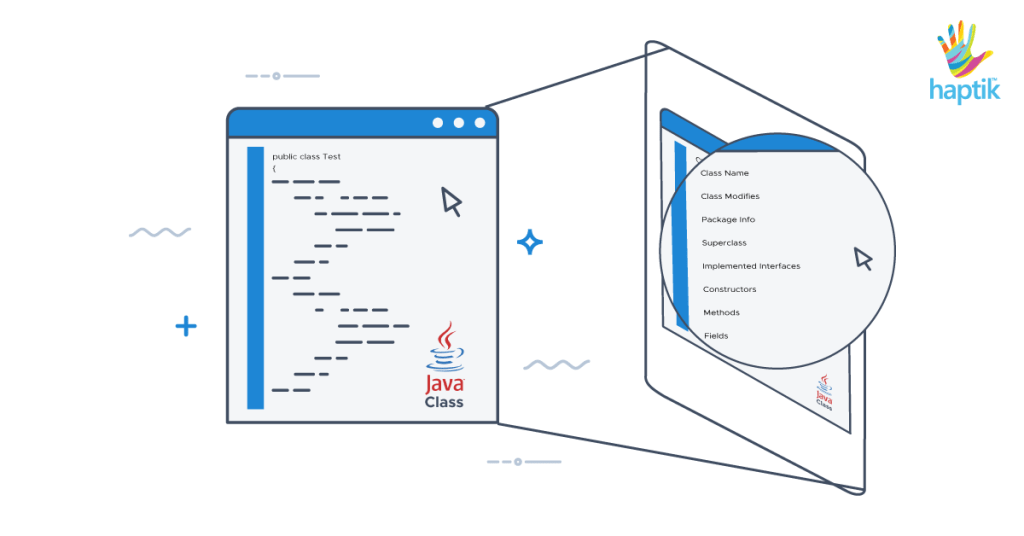

To obtain the reference to a statically known Kotlin class, you can use the class literal syntax: val c M圜lass::class. The java.lang and packages provide classes for java reflection. The class provides many methods that can be used to get metadata, examine and change the run time behavior of a class. the class), causing an error to be raised. The most basic reflection feature is getting the runtime reference to a Kotlin class. Java Reflection is a process of examining or modifying the run time behavior of a class at run time. > student = Student('John Smith', 983044) Traceback (most recent call last): File "", line 1, in TypeError: _new_() takes 1 positional argument but 3 were givenĪpparently, the constructor is sending Student, ‘John Smith’ and 983044 these arguments to the _new_() method, which is only defined to take one argument (i.e. What if we don’t include *args in the _new_() method? > class Student. By setting that, we can now set additional arguments to the constructor, as shown above. print(f'Īlong with the default cls argument, we also have *args, which denotes a variable number of arguments. In most cases, we override the _init_() method in custom classes to set the desired initial attributes to the instance object we’re creating. It creates an instance of the Car class.Photo by André Noboa on Unsplash IntroductionĬreating custom classes allows us to define new types of objects with particular attributes and functionalities specific to our work needs. Instantiation: Creating an object by using the new keyword is called instantiation. It sets the initial value of the variable cost to 100.
#Java reflection instantiate class by name how to#
Initialization: Assigning a value to a variable is called initialization. This tutorial shows an example how to create instance using Reflection even if the classes have private constructors. Instantiation and initialization are completely different concepts in Java programming. What is the difference between instantiation and initialization? When an abstract class is sub-classed, it usually provides implementations for all of the abstract methods in its parent class. No, we cannot instantiate abstract classes. To do that, you need to have an instance of outer class and invoke the inner class constructor which will use outer class instance in its first argument. Let's see some important questions that may click in the mind. Yes, you can instantiate a private inner class with Java reflection. Return new Furniture (price, description) Public static Furniture getNewFurniture (int price, String description) Private Furniture (int price, String description)

Let's see an example of the static factory method. Another disadvantage is that they are not readily distinguishable from other static methods. The disadvantage is that providing only static factory methods is that classes without public or protected constructors cannot be sub-classed. The fourth advantage is that they reduce the verbosity of creating parameterized type instances.

The third advantage is that unlike constructors they can return an object of any subtype of their return type. The second advantage is that unlike constructors they are not required to create a new object each time they are invoked. The first advantage is that static factory methods also have names, unlike constructors. Providing a static factory method instead of a constructor has both pros and cons. We can use it instead of the constructor. Always remember that it is not the same as the factory method pattern. A class can provide a public static factory method that is nothing but a static method that returns an instance of the class. Using Static Factory MethodĪnother way to instantiate a class is by calling a static factory method. Note: If we want to invoke the methods of the local inner class, we must instantiate that class. Creating a constructor of the class is also known as instantiation. We observe that when we use the new keyword followed by the class name, it creates an instance or object of that class. new keyword allocates memory space for the newly created object creates a DemoClass object (instantiate)


 0 kommentar(er)
0 kommentar(er)
